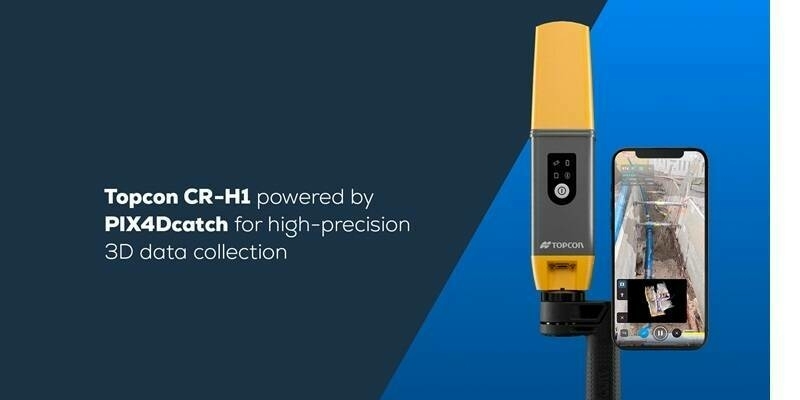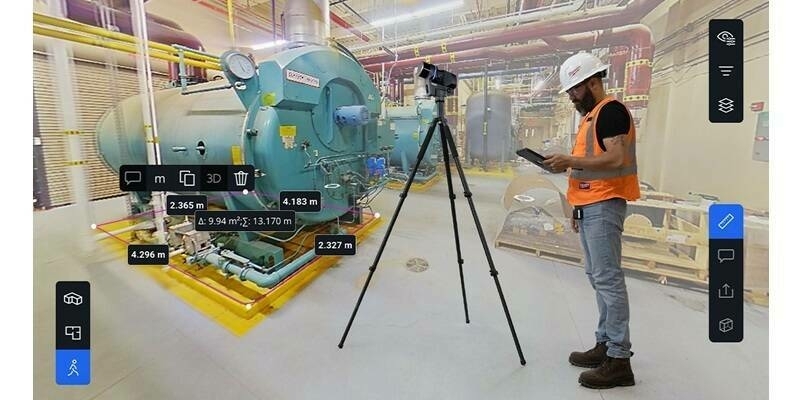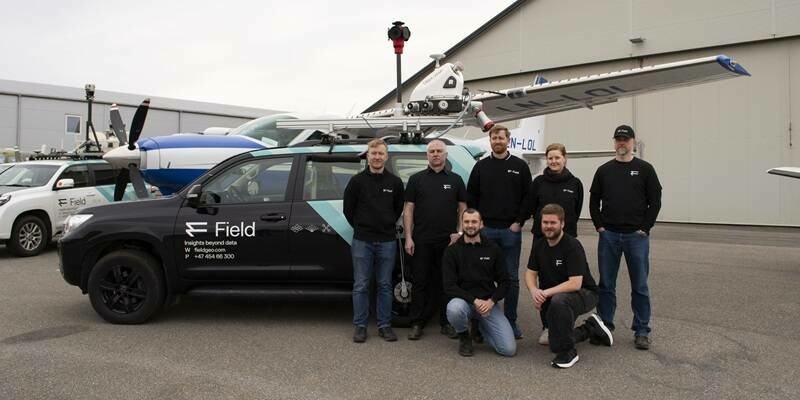Kourou, 07/03/2017 - Europe´s Copernicus programme has got its second eye. On Tuesday, 7 March at 02:49 am CET (6 March at 10.49 pm local time), a Vega launcher successfully took off from the spaceport in Kourou, French Guiana, carrying the satellite developed and built under the industrial leadership of Airbus for the European Space Agency (ESA). After just over one hour, the solar panel, needed to supply energy, was unfolded and Sentinel-2B successfully reported in ‘for duty’. The 1.1 ton satellite has been designed to operate for at least 7 years and 3 months in a polar orbit at 786 kilometres above the Earth.
“The outstanding capabilities of Sentinel-2’s multispectral instrument and the accurate geolocation performance of the satellite along with its rapid data transmission ability fully match the rapidly rising demand of satellite-based Earth and environmental data,” said Nicolas Chamussy, Head of Space Systems at Airbus.
The mission is based on a constellation of two identical satellites, Sentinel-2A and Sentinel-2B. Sentinel-2A was launched in 2015 into the same orbit, but 180° apart. With two satellites in orbit it will take only five days to produce an image of the entire Earth between the latitudes of 56° south and 84° north, thus optimising the global coverage zone and data transmission for numerous applications.
The Sentinel-2 mission contributes to the management of food security by providing information for the agricultural sector. Sentinel-2, with its multispectral instrument, is the first optical Earth observation mission of its kind to include three bands in the ‘red edge’, which provide key information on vegetation state. Sentinel-2 is designed to provide images that can be used to distinguish between different crop types as well as data on numerous plant indices, such as leaf area index, leaf chlorophyll content and leaf water content – all of which are essential to accurately monitor plant growth.
This kind of information will help informed decisions to be made – from deciding how much water or fertiliser is needed for a maximum harvest to forming strategies to address climate change. While this has obvious economic benefits, this kind of information is also important for developing countries where food security is an issue.
Sentinel-2 also maps the condition and changes to land surfaces as well as monitoring forests worldwide. The mission provides information about the pollution of lakes and coastal waters, whilst images of floods, volcanic eruptions and landslides aid the production of disaster maps and facilitate humanitarian aid activities.
The imaging instrument uses 13 spectral channels, ranging from the visible to the infrared, to deliver high-resolution multispectral images of the Earth’s surface with a resolution of up to 10 metres at an image width of 290 kilometres. This extremely large scanning width results in data coverage of the entire Earth relatively quickly, while at the same time, the advanced instrument provides an unprecedented level of detail.
Sentinel-2 is also capable of using the European Data Relay System (EDRS). EDRS is a network of laser communication payloads on geostationary satellites and low Earth orbit satellites. The system, also known as the "SpaceDataHighway" is being developed by Airbus for ESA (European Space Agency) and provides secure and fast communication services. EDRS ensures the timely availability of data particularly for time-critical applications such as environmental monitoring, emergency response and security missions. Sentinel-1 and -2 satellites are the first observation satellites equipped with Airbus´s laser communication terminal. EDRS-A, the first dedicated relay satellite for the SpaceDataHighway programme was launched on 30 January 2016. The SpaceDataHighway has been open for traffic since November 2016.
The Sentinel-2 mission has been made possible thanks to the close collaboration between ESA, the European Commission, industry, service providers and data users. Its development has involved more than 40 companies from 20 different countries, led by Airbus in Germany for the satellites and Airbus in France for the multispectral instruments, while Airbus in Spain is responsible for the mechanical satellite structure.
To ensure data continuity two further optical satellites, Sentinel-2C and -2D, are being constructed in the cleanrooms of Airbus and will be ready for launch as of 2020/2021.
About Copernicus
Copernicus is the most ambitious Earth observation programme to date. It provides accurate, timely and easily accessible information to improve the management of the environment, understand and mitigate the effects of climate change and ensure civil security. This initiative is headed by the European Commission (EC) in partnership with the European Space Agency (ESA). ESA is responsible for the coordination of the space component of the programme, coordinates the delivery of data from more than 30 contributing satellites and operates – in tandem with Eumetsat – the Sentinel satellites. The EC, acting on behalf of the European Union, is responsible for the overall initiative, setting requirements and managing the services.
Subscribe to our newsletter
Stay updated on the latest technology, innovation product arrivals and exciting offers to your inbox.
Newsletter

